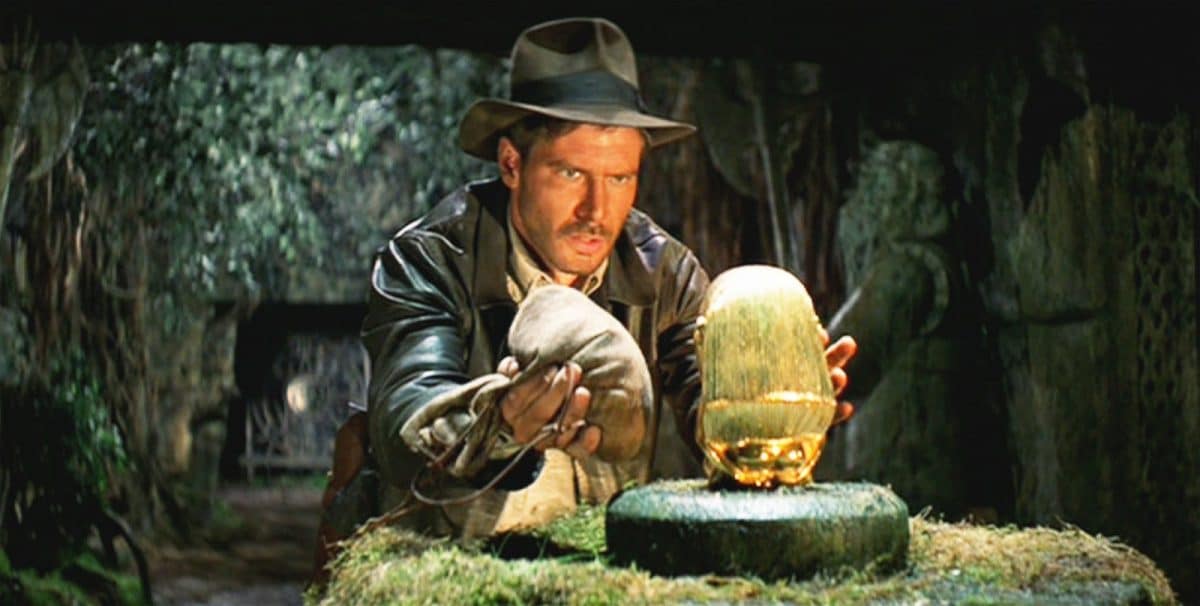
Properly plotting out a story is never simple. Thankfully, Blake gave us the tools to make it easier, exemplified in the Blake Snyder Beat Sheet. The Beat Sheet provides us with a structure that holds together the story elements, making sure all the pieces fit as tightly as possible. Nowhere is this more evident than in the Set-Up, the beat Blake described as “the make-or-break section where you have to grab me or risk losing my interest.” It’s the place where we must introduce the characters and their tics, showing the Six Things That Need Fixing in their lives.
But it’s also the section where everything can go wrong with your story if you aren’t careful. If you try and provide too many details, you risk laying too much pipe, as Blake wrote. But if you don’t give enough necessary information, later beats might seem contrived, actions and events pulled straight out of left field.
It’s analogous to the dramatic principle known as “Chekov’s gun,” which basically states that every memorable element in a fictional story should be necessary and irreplaceable; if it isn’t, it should be removed. The example referred to is the “gun on the wall”: if a gun on the wall is shown in Act One, it should be used by Act Three. In Save the Cat! Strikes Back, Blake elaborated on ways to use the Set-Up to achieve this concept, carefully layering character and plot elements in such a way that they communicate what is necessary for later beats. He called this At Home, At Work, and At Play. During the Set-Up, we can communicate pieces needed to further the plot by showing the character in these three scenarios; we can also use these during the Debate beats. If the Set-Up is properly done, it can achieve many different ends, all culminating in a worthy payoff and a powerful story.
A great example of this is the Harry Potter series. Author J.K. Rowling expertly weaves information into each Set-Up, revealing seemingly insignificant details as the plot unfolds. By the time the reader reaches the later parts of the story, they are often surprised that all of the answers to the problems had been there all along. That is one of the reasons her books are so successful: there is power in the Payoff, and we can see this in many popular films, both past and present.

For example, you can use the “at home, at work, at play” beats to set up information for the Finale. The film Back to the Future does this masterfully. It begins by showing Marty McFly at play, stepping into Doc Brown’s garage/lab. We learn a bit about who Doc Brown is, but we also see Marty as a bit of a careless rebel. He cranks the giant amplifier up, unleashing the guitar’s chords, only to be blown away by the sound. At work (school), we meet Principal Strickland, who calls him a slacker and points out that he will not amount to anything, just like his father. His girlfriend Jennifer encourages him, but a bit more at play shows that encouragement isn’t enough, as Marty’s “battle of the bands” audition is a complete failure. At the town square, as Marty vents his frustration, he receives a flier from a woman wanting donations to “save the clock tower,” as she goes into the history of the famous, fateful lightning bolt. Finally, at home, we meet Marty’s family, and we can understand why he’s in a Stasis=Death situation. His dad is a complete pushover, bowing to the pressure from his boss and former high school bully Biff. At dinner, while Marty shows frustration with his family for their lack of ambition, his mother recounts the romantic night when she and his father fell in love. This sounds like a lot of information, but it all comes together in the Payoff. Every element, from the confrontation with Mr. Strickland to the flier with the date and time the clock tower was struck by lightning, will play a significant part in furthering the plot, often raising the stakes.
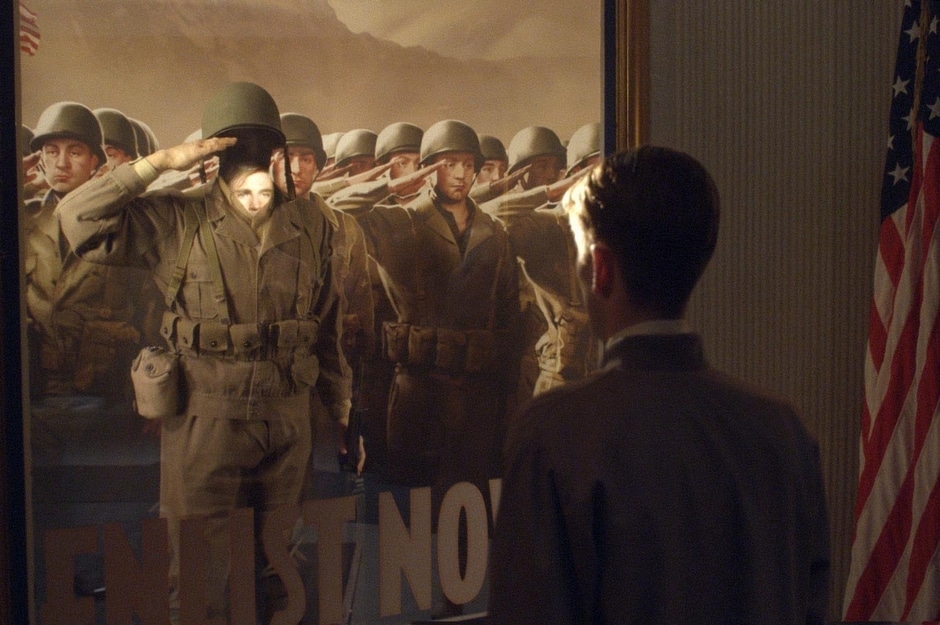
Other times, the Set-Up can help us reinforce a character’s traits, qualities that will carry them through the story, reinforcing every action and decision. In Captain America: The First Avenger, the at home part of the Set-Up isn’t really shown, but it is reflected in his friend Bucky Barnes, whom Steve grew up with. Steve’s at work beat consists of him trying (repeatedly) to enlist in the armed forces during World War II. Each attempt results in failure, causing him to lie on future application attempts. Still, we get glimpses into his character and determination, qualities that will earn him the opportunity to participate in Project: Rebirth. At play, Steve’s courage and character are made evident as he tries to quiet a heckler during a movie’s newsreel. Steve meets him out back for a fight, and although the bully repeatedly overpowers him, Steve tells him, “I can do this all day,” a line he will use on the villain during the Finale. When Bucky comes to his aid, the two go out on a double date, more at play. Even so, Steve leaves the others behind at the expo, choosing instead to visit the military recruitment booth. Through all of these scenes in the Set-Up, we gain a very good knowledge of who Steve Rogers is, and it helps us to understand his sacrifice in the end—and to respect him for it.

Sometimes, the Set-Up can have a Payoff when it pushes the character into the upside-down world of Act Two. In The Matrix, Neo has trouble sleeping, dozing off in front of his keyboard (at home). He is visited by some friends, whom he asks, “You ever have that feeling where you’re not sure if you’re awake or still dreaming?” Not only does this communicate the Theme, it also shows us that Neo is in a Stasis=Death moment in his life, but he also has an awareness that there is something “more” to his life than what he sees with his eyes. At play, Neo visits a nightclub where he meets Trinity, who mentions Morpheus, further planting the seeds for him (and us) that there is something more going on than he realizes. Finally, at work we see exactly why Neo needs to escape this world; he is in a dead-end job where he has no control over what happens to him. Soon, when he gets his literal “call to adventure,” it’s understandable that he takes the risk and attempts to cross the threshold. The Payoff is complete when he finally meets Morpheus in the flesh and is extracted from the Matrix, waking in the real world.

A good example of the Set-Up putting together the pieces for the Finale, showing how things have changed from the start, is found in the J.J. Abrams film Super 8. In it, Joe Lamb has lost his mother, and the at home scenes depict his loneliness. At the beginning, he is sitting alone on a swing during the wake while everyone is inside. Another day, he comes home to find his father with his coworkers, the result being an awkward encounter. It’s clear that they have things that need fixing that probably needed to be fixed even before tragedy befell them. Joe has several friends, and each of them have their own tics to set them apart. This is primarily shown as they are released from school (at work): one of them is into filming movies and has asked a cute girl to be in it, another friend is a pyromaniac and likes playing with firecrackers, while still another can’t help but throw up when he’s nervous. These character quirks play a part during the Finale as they attempt to find the creature and save the town. Of course, they wouldn’t even be involved in the encounter if the Set-Up hadn’t shown us the at play element: they spend their leisure time working on a zombie film for a contest. It is while filming one night that they witness the Catalyst, a train crash that unleashes a creature. The Payoff comes in part when they realize that their Super 8 camera captured footage of what has been terrorizing the town. But an even bigger Payoff occurs during the final moments; the characters work together, and Joe encounters the creature, using his loneliness to identify with the creature, freeing himself and it. In the film’s final frames, we see an opposite situation to the at home scene from earlier; Joe and his father stand side-by-side, emotionally healing, as they watch the creature leave in its ship.
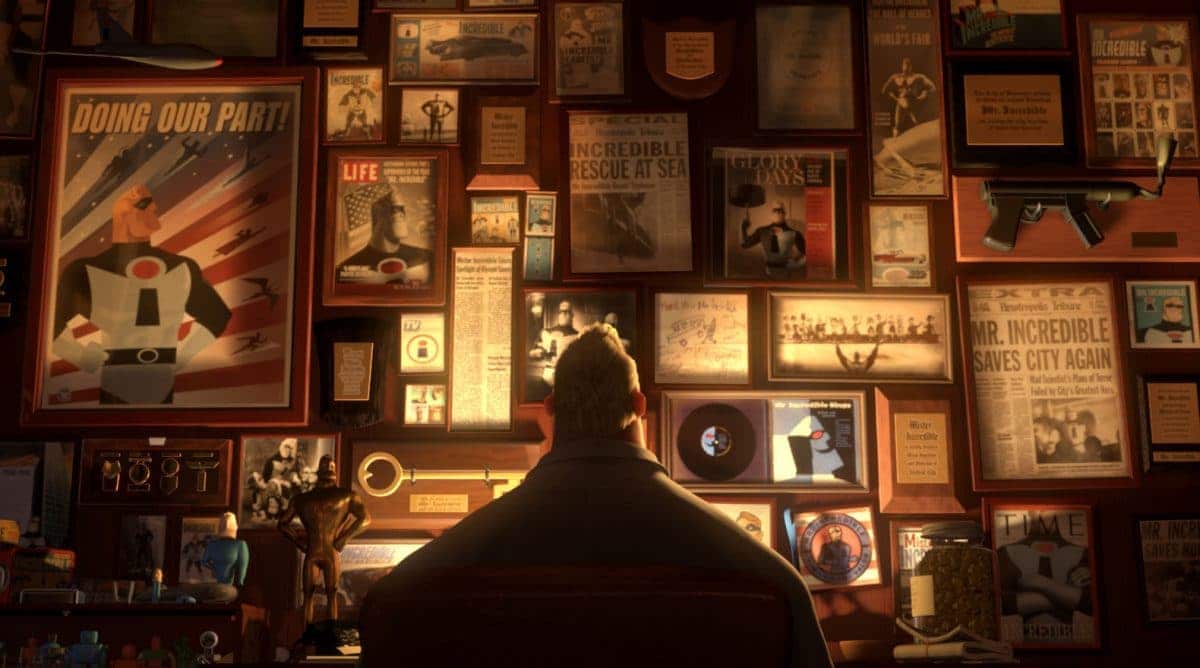
A good Set-Up can also help us witness the result of a character finding synthesis. In Brad Bird’s film The Incredibles, the Set-Up is used at home, at work, and at play to show Mr. Incredible’s Stasis=Death situation. At work, he is shown in the past, in the “glory days,” as he fights crime, only to be followed by his fan “Incrediboy” (whose presence and pestering will pay off when he becomes the villain Syndrome). In the present day, he is miserable at work in a boring, paper-pushing job, but he still desires to help others. At home, Mr. Incredible deals with a life of having a normal family that isn’t exactly “normal.” They all have abilities, and while he wishes they could display their prowess and abilities, his wife doesn’t want to disrupt their domestic bliss. Mr. Incredible still tries to find ways to relive his glory days at play, stopping crime with his former super-partner Frozone. When Mr. Incredible is given the chance to do what he loves, he jumps at it, rejuvenating his life. But it also propels his family into danger, and in the end, he must not only protect them, but allow them to be extraordinary as he enters his synthesis world.
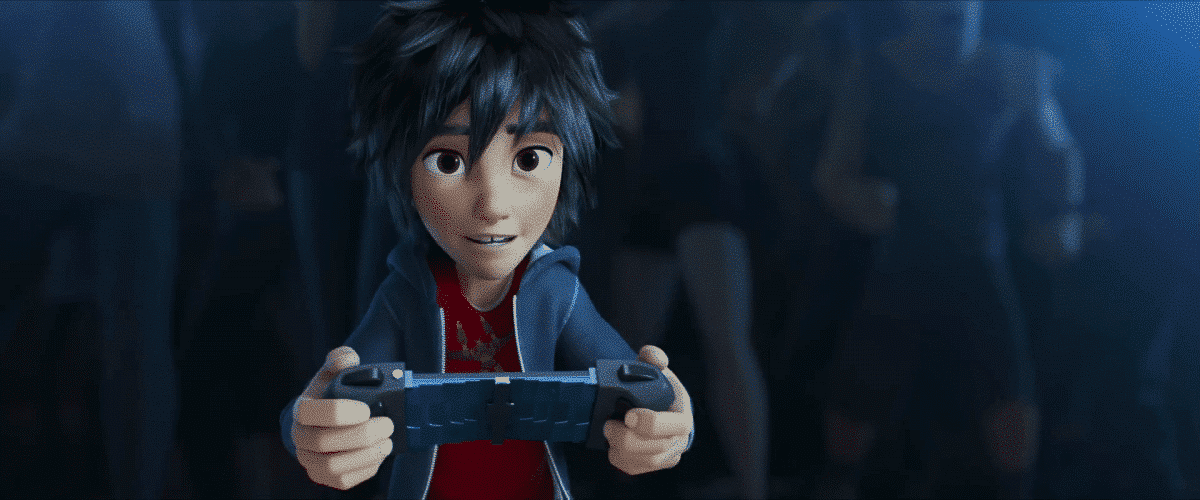
Sometimes, the events in the Set-Up can be used to propel the character into the Catalyst. In Big Hero 6, Hiro is a prodigy, and we learn more about him first at play when he engages in illegal bot fighting, displaying his brilliance and cunning. He is rescued by his brother and taken home. However, at home, Hiro reflects on living with his aunt, and the audience learns that their parents had died. His brother, Tadashi, laments Hiro’s lack of initiative in applying himself, urging him to do more with his intelligence. When Hiro attempts to sneak out for another bot fight, Tadashi agrees to go with him, instead taking him to his school, his work. There, Hiro meets the other characters who will play a role in his growth, and it is also the moment that introduces the Catalyst. Of course, there is a Double Bump that will force him into Act Two, and the Payoff comes when he teams up with his newfound friends, taking on the mindset that belonged to his brother.
Set-Ups can also be effective for introducing elements for later scenes. Take, for example, Raiders of the Lost Ark. When we first meet Indiana Jones, he is at play, obtaining a rare South American fertility idol. We are introduced to the traps and treachery that befall the archaeology-turned-adventurer. As he flees with the artifact, we get a glimpse of his resourcefulness and courage, and soon come face-to-face with his nemesis, Belloq. As Indy makes his getaway, we learn one final thing: he hates snakes. It seems insignificant at the time, just a funny aside, but there will be a wonderful (and creepy) Payoff later. At work, we meet Indy’s alter ego, Dr. Henry Jones, the archaeology professor. Not only is it clear that he is knowledgeable in his field, but it quickly becomes apparent that he’s a ladies’ man, as the class is mostly filled with co-eds. An at home scene happens later as part of the Debate, as he sits with Marcus Brody, discussing the rumored powers of the ark of the covenant. All of these elements pay off later in the film, its story and scenes among some of the most memorable in cinema. As Indiana Jones attempts to use his fists and his wits to recover the ark, he is confronted by Belloq, falls in love (again) with Marion, escapes traps, is left for dead in the snake-filled Well of Souls, and witnesses the great and deadly power of the ark. Of course, the aforementioned scenes would be great in and of themselves, but the Set-Up is what makes them stand out.
These are just a few examples of how the Set-Up can be used to enhance your story. By incorporating key plot points while showing the protagonist at home, at work, and at play, you can ensure that your audience gets the needed information, resulting in a powerful and memorable Payoff.
Cory Milles
4 Comments
Leave a Reply Cancel reply
You must be logged in to post a comment.


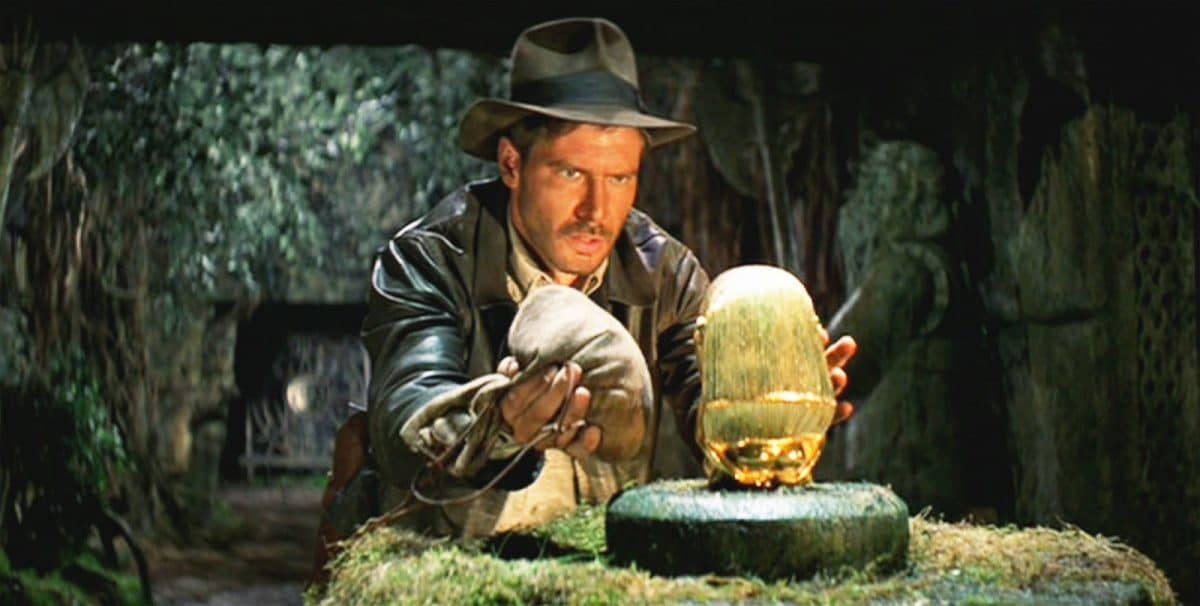







So many great examples, Cory. Awesome article!
Extremely helpful in reminding me to occasionally remove myself from close in writing, to re-consider the arc of the story, and to ensure the set-ups are there. Cory’s piece shows the many ways they can effectively be used!
Cory, I teach film production to high school students. Your discuss here will provide a clear, powerful lesson for my students. Much thanks!
Thanks Cory. This really clarifies the set up beat.